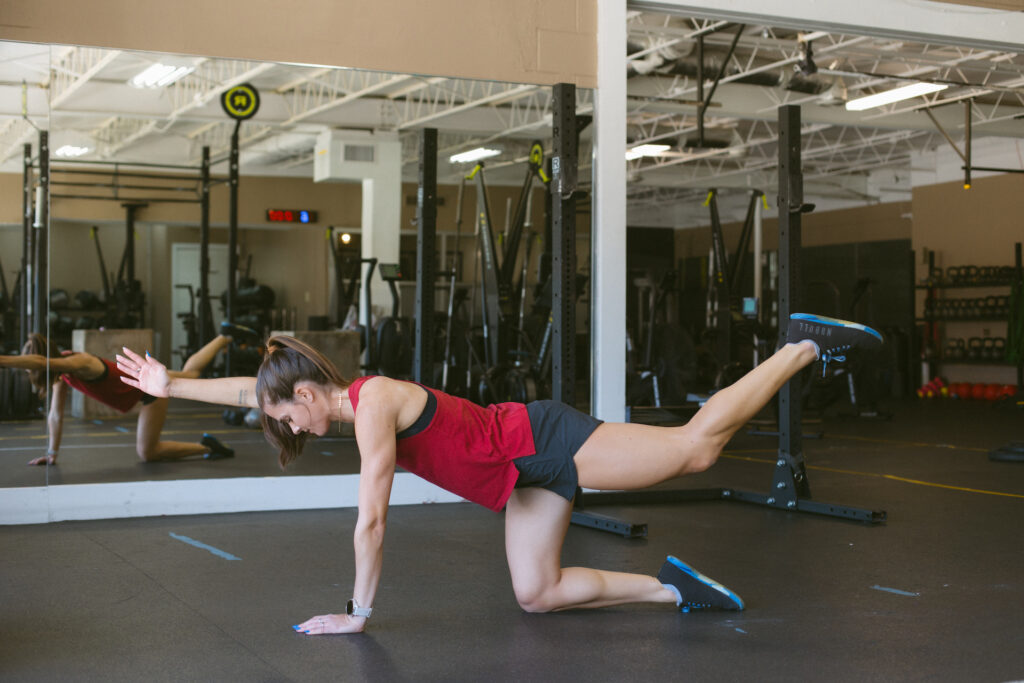When you are looking to buy new running shoes, the most critical factor is how they fit. To ensure you get the best shoe for YOUR FOOT, we suggest going to a running shoe specialty store (like Big Peach of Fleet Feet here in Atlanta) and following the five steps below.
#1. Best Time To Try Shoes On: The best time to try on shoes is toward the end of the day, as our feet typically swell during the day. Also, bring your preferred training socks.
#2. Get Measured On A Brannock Device: Most running shoe stores will use a Brannock device, which is a tool to measure your foot length, arch length (heel to ball of foot), and foot width. Make sure to keep that preferred sock on when going through these measurements for standardization.
#3. Pull Out The Insole & Check For Hang Over: Once you select a shoe, pull the insole out and stand on it. If any part of your foot expands over the border of the insole, the shoe isn’t suitable for your foot. Remember to fit the shoe to the longest toe of the longest foot.
#4. Check For Hotspots: While you have the inner out, feel around the inside of the shoe for any “hotspots” related to stitching or material, as these have the potential to cause discomfort or even abrasions.
Now Check The Fit: Wear shoes without pulling the laces too tight. Your toes should have adequate room in the toe box in a vertical & side-to-side manner. If the shoe’s fit depends on how snug you lace it, it likely does not fit. Your heels should be snug but comfortable in the heel counter, and there should be little up & down movement.
#5 Take The Shoes For A Test Run: Most shoe stores will have you run on the treadmill, though I suggest taking them outside since this is likely where you’ll spend most of your time training. It’s also worth mentioning to only listen to the salesperson if they are well-versed in the current literature on gait analysis and footwear; as Southeastern Ohio’s #1 Footlocker sales rep from 2000-2001, I can promise you that I was well trained on how to sell a shoe, but not trained at all in how that shoe affected joints, soft tissue, range of motion, joint motion coupling, ground reaction forces or many of the other factors that I was taught to advise on.
In closing, I strongly encourage you to stick with comfort, looks, or what everyone else is wearing.
If you are a runner and are struggling with foot, ankle, knee or hip problems that don’t get better with new shoes or rest hit me up at the email below. It could be your gait, strength or mobility imbalance all of which I can help you with.
By Coach Johnny B (MS, CFL3, LMT)



